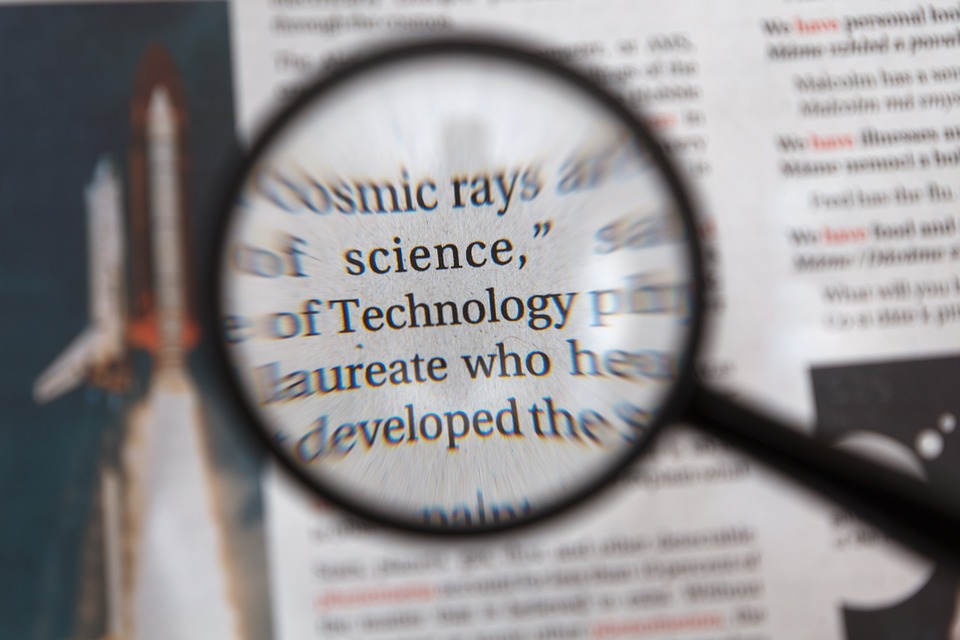Peer review: Scrutinising science
Interview with
To assure a level of research quality, science is put to the test using the peer  review process, as Keith Smith explained to Graihagh Jackson...
review process, as Keith Smith explained to Graihagh Jackson...
Keith - I'm one of the research editors for Science magazine.
Science magazine is one of the biggest and most prestigious scientific journals in the world and we publish both news and research from all areas of science looking for the top quality, big breakthrough stuff.
So the magazine has around a million readers.
Graihagh - Impressive stuff - no pressure then for people like you?
Keith - Yes, that's part of the fun of the job!
Graihagh - The other part of Keith's job is to oversee something called the peer review process.
Keith - Peer review is the kind of quality control around scientific papers. It's a method of ensuring that what is reported in a scientific literature passes the basic requirements of the way that it's reported, that if fits all the standards of publication, that ensure that what they've done is a good piece of work. And that's what the peer review process is supposed to ensure by having other researchers in the field check that they've followed the standards.
Graihagh - Talk me through what happens. A manuscript lands on you desk - what's your first port of call?
Keith - Whenever we get a new manuscript I do an initial assessment just to make sure that this is a suitable topic for our journal; that it's not obviously wrong or crazy or whatever, and every journal does get those submissions. But then we will send it out to referees for peer review and ask them to comment on the manuscript.
- Previous Publish or perish?
- Next The neuroscience of a good impression










Comments
Add a comment